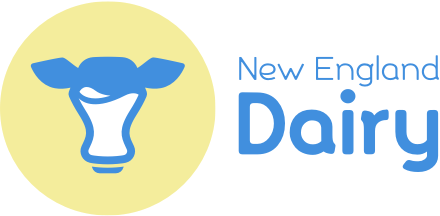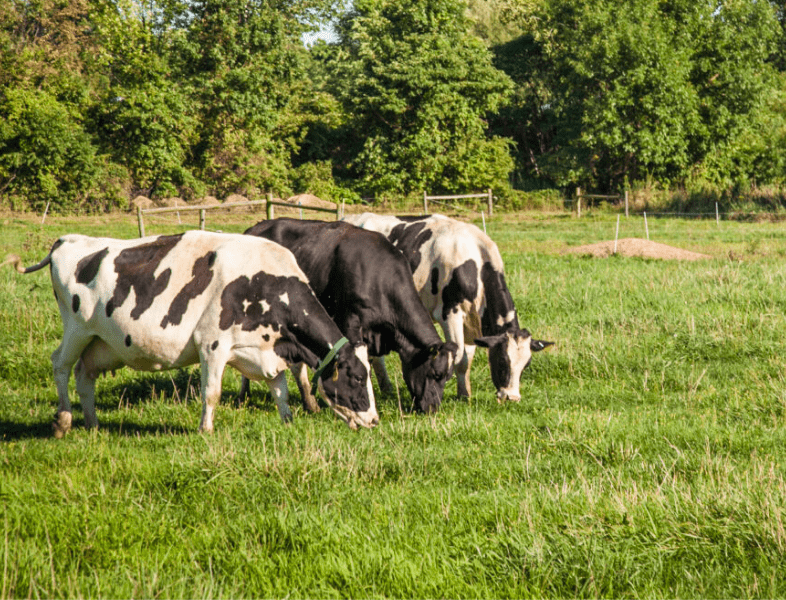As Americans look to improve their diet, many are seeking out plant-based or plant forward diets. The Dietary Guidelines Advisory Committee (DGAC) recommends a higher intake of fruits and vegetables, but also incorporates all five food groups, including dairy. In the three dietary patterns outlined in the Dietary Guidelines, including the vegetarian eating pattern, dairy is incorporated because of the important nutrients it provides that would be difficult to replace with other foods.
In addition to not eating enough fruit and vegetables, Americans are also falling short on dairy recommendations. Each of these food groups provides vital, often under consumed nutrients that are difficult to find in other food groups. Taking a more inclusive approach to plant-based eating such as is illustrated in MyPlate or the DASH (Dietary Approaches to Stop Hypertension) can lead to valuable health benefits such as reaching and maintaining a healthy weight, reduced risk of developing Type 2 Diabetes and heart disease.





